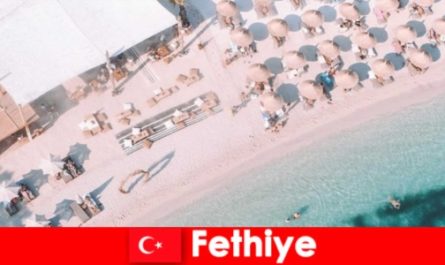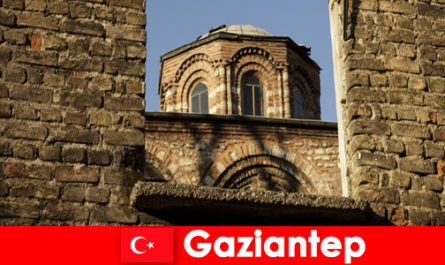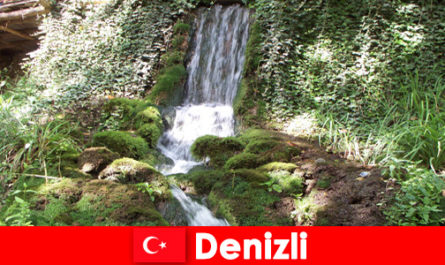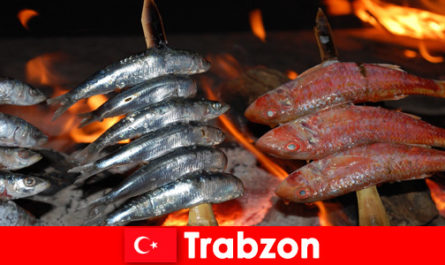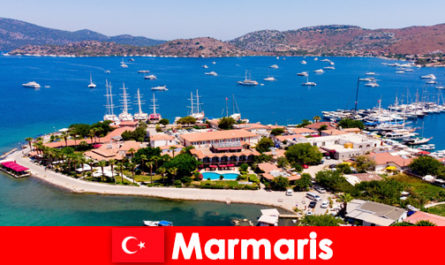Safranbolu may only be a small Turkish town, but it has a lot to offer. As a foreigner, you will encounter a part of the historical history of the country or region here. It’s usually like this: The big cities of the world came into being late and have little to tell when you look at it historically. Because countries have always really grown in such regions. This city is located in northern Anatolia and is relatively central in this region and is the capital of the district of the same name in the province of Karabük. More precisely, the city is northeast of Karabuk. The city is known for its half-timbered houses, which are responsible for the historic townscape. In 1994, the city in Türkiye was included in the World Heritage List because of these houses.

Historical facts and figures
The city has around 67,000 inhabitants and an area of 750 square kilometers. There is one special delicacy that the city has to offer – lokum. This is a syrup-based candy. The city became known for the major military conflicts that took place in the region between 1919 and 1922 between the Turkish national troops under the command of Mustafa Kemal Pasha, later Atatürk, against the Greek invading army. At that time the inhabitants of the city were still mostly Greeks. These were then resettled back in 1923. But even before that, the city and region in northern Anatolia made history. This is evidenced by the traditional Ottoman houses with the rectangular water basins, the havuz, in the building. In addition, testimonies to the long history and importance of the city include the residence of Süleyman Pasha and the Cinci hani, a caravanserai that dates back to the 17th century, and the Cinci hamam, also from the 17th century. And the Byzantines also exercised their power here. A testament to this is the Byzantine aqueduct, which is located around seven kilometers north of the city at Incekaya. As a foreigner, you can really discover history in this city and in the region.
Upper Town, Middle Town and Lower Town
The city is divided into three parts – an upper town, a lower town and a middle town. Lower Town and Middle Town are characterized by the old city center Çarsi Bölgesi and the modern center Kiranköy Bölgesi. The upper town is called Baglar, where locals once only spent their summer holidays.
The region
There is also a lot to discover outside the city walls in northern Anatolia. This includes above all the natural cave Bulak Magarasi. The part that can be visited is around 400 meters long. The total length is about six kilometers. The cave extends over three levels. The middle part is traversed by a stream, which leads to a waterfall that is about 15 meters high. An aqueduct from the Ottoman period, the Inceköprü Safranbolu, is also included in the scope of the visit. The creek that goes with it then flows through a picturesque deep valley. Outdoor events take place here. About 20 kilometers from the city are the large fields with the famous saffron crocuses, from which Safranbolu once got its name.
 Dansk
Dansk Deutsch
Deutsch Español
Español Français
Français Indonesia
Indonesia Italiano
Italiano Magyar
Magyar Melayu
Melayu Nederlands
Nederlands Polski
Polski Português
Português Русский
Русский Română
Română Tiếng Việt
Tiếng Việt Türkçe
Türkçe Українська
Українська български
български Ελληνικα
Ελληνικα 한국어
한국어 हिन्दी
हिन्दी 日本語
日本語 简体中文
简体中文